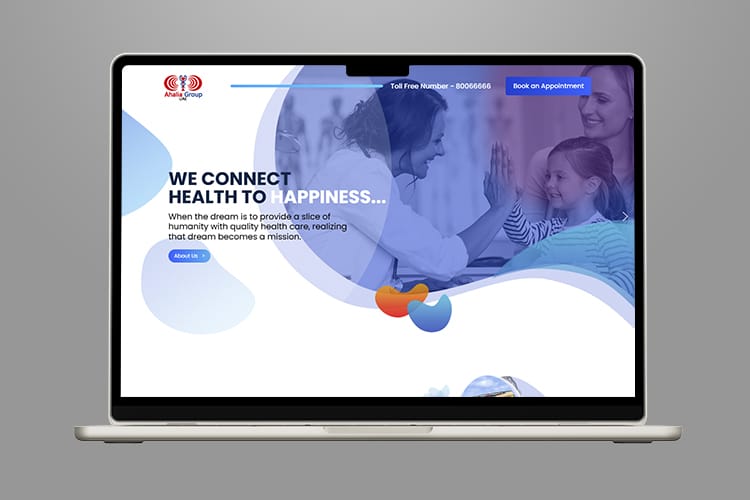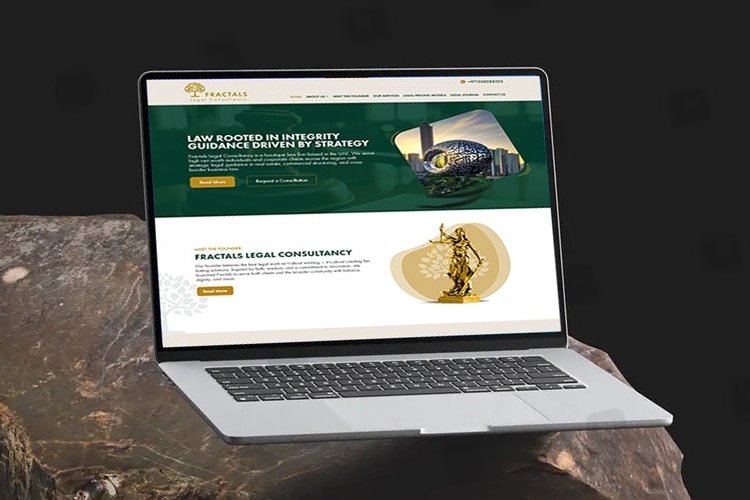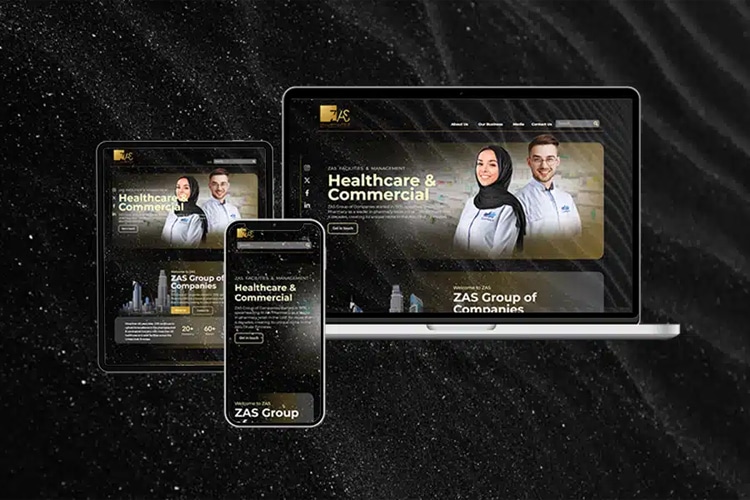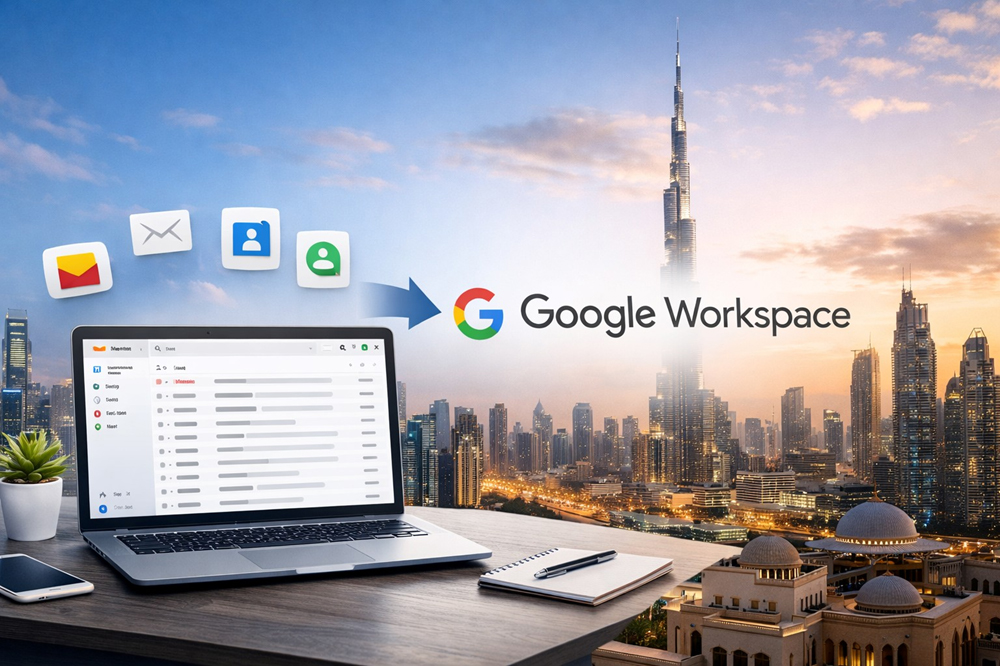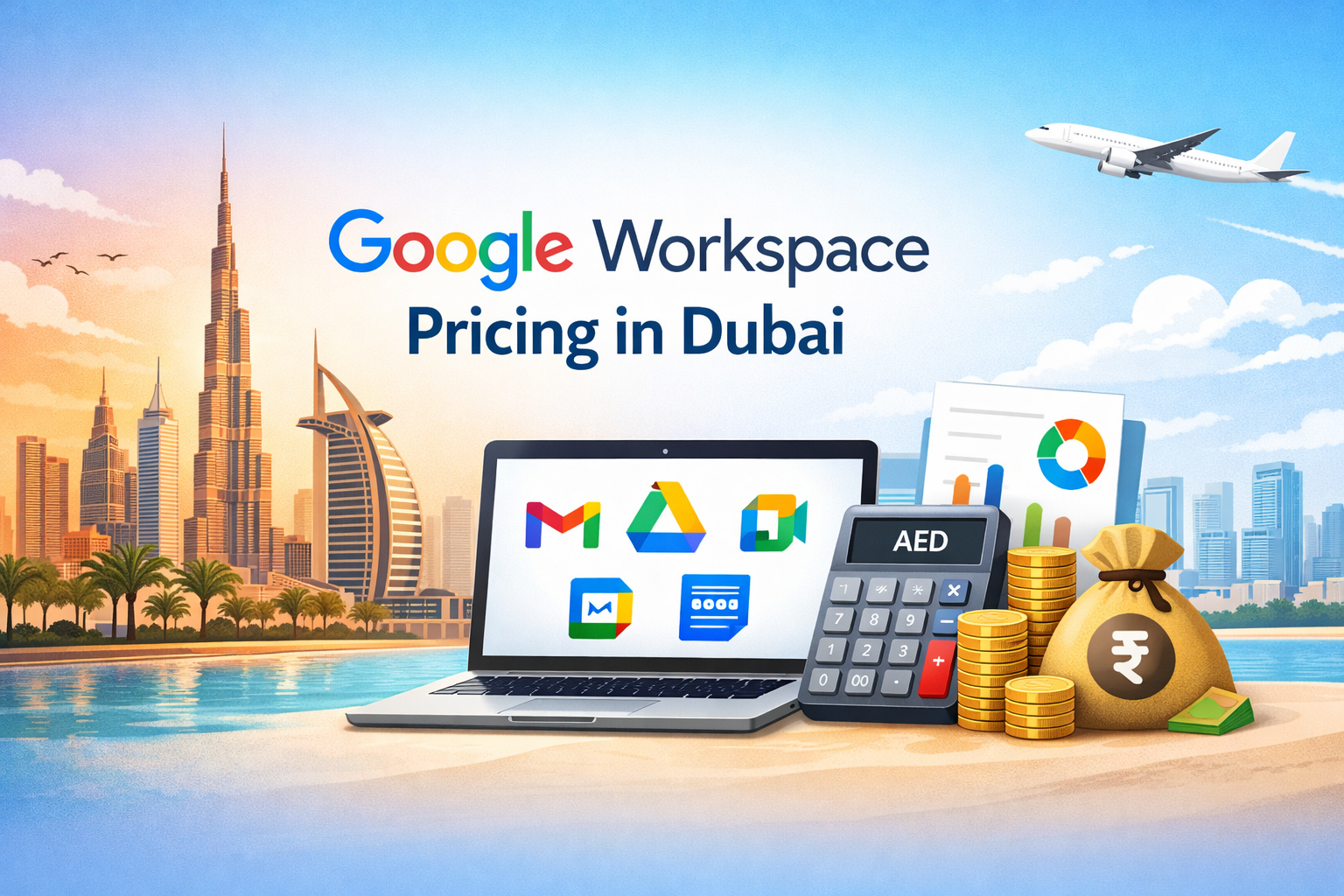How Often Should You Redesign Your Website?
What if Your Website Is the Reason You’re Not Growing Faster?
You’ve worked hard to build your business — but if your website feels outdated, loads slowly, or isn’t converting visitors into customers, it could be quietly holding you back. A website redesign should be considered every two to three years — not just for a fresh look, but to keep up with evolving user expectations, design standards, and digital technology.
So, how often should you really redesign your website to ensure it reflects your brand and supports your business goals? The answer isn’t just about the calendar — it’s about alignment. Your website should evolve as your business grows, your audience shifts, and the tools that power your online presence improve.
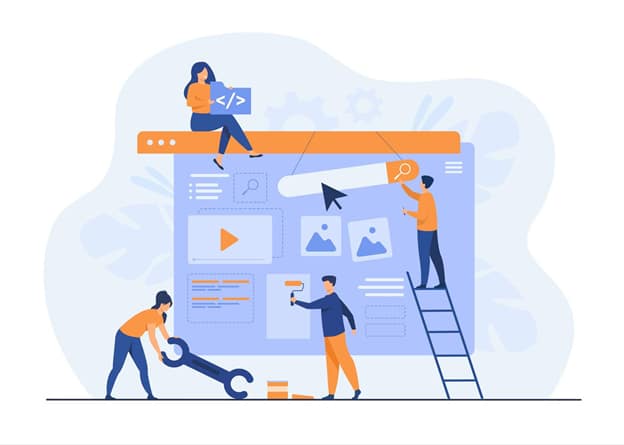
- Is Your Website Quietly Costing You Leads, Sales, or Trust?
- Why Regular Website Redesigns Matter More Than You Think
- The Benefits of Redesigning Your Website Regularly
- Elements of Good Website Design
- Signs Your Website Needs a Redesign
- Our Recent Website Redesign Projects
- Ready to Redesign Your Website for Better Results?
- What Our Clients Say
Is Your Website Quietly Costing You Leads, Sales, or Trust?
You’re losing potential customers — and you may not even know it.
Outdated design, broken links, slow load times, and poor mobile responsiveness are silent killers of online credibility and conversion. If your bounce rate is high or your sales are down, it might not be your product — it could be your website.
Your competitors are constantly upgrading. Are you?
Why Regular Website Redesigns Matter More Than You Think
So, how often should you redesign your website?
A redesign every 2 to 3 years is generally a smart move — and for good reason.
Websites today aren’t just online brochures — they’re dynamic platforms that need to evolve with your business, adapt to changing technology, and meet shifting customer expectations.
Here’s why updating your website regularly is essential:
1. Technology Changes Fast
What worked a few years ago might now slow down your website or even break it.
- Old Code = Slow Website
Older sites may use outdated HTML, CSS, or JavaScript, leading to slow load times and broken features on modern browsers. - CMS Platforms Keep Updating
Platforms like WordPress, Shopify, or Wix release regular updates. If your theme or plugins are outdated, your site may crash or become unsafe. - Design Trends Get Old
Users expect modern, clean, and minimal designs. Flashy animations, cluttered layouts, or outdated colors can drive visitors away.
If your site hasn’t adopted things like AMP (Accelerated Mobile Pages), voice search, or mobile-responsive design, you’re falling behind.
2. User Behavior Is Always Changing
What users liked before may not work today.
- Mobile Users Dominate
These days, the majority of web traffic comes from smartphones and tablets. If your site isn’t mobile-friendly and easy to use with thumbs, users will leave. - Speed Matters a Lot
Studies show that if a mobile site takes more than a few seconds to load, users leave fast. According to Google research, as page load time increases from 1 second to 3 seconds, the probability of a bounce increases by 32%. Even small delays can cost you traffic and conversions. A redesign helps improve speed, reduce bounce rates, and keep users engaged. - Interactive Features Are Expected
People now expect features like sliders, live chat, smooth animations, and easy navigation. - Accessibility Can’t Be Ignored
Your site must work for everyone, including those with disabilities. That means screen reader support, high contrast colors, and keyboard navigation.
If your website isn’t easy to use or fast enough, visitors will leave — and Google may rank your site lower due to Core Web Vitals.
3. Your Business and Brand Keep Growing
Your website should reflect the current state of your business — not how it looked years ago.
- New Services or Branding
If you’ve updated your logo, added new services, or launched new products, your site should clearly show it. - Your Audience May Have Changed
Maybe you now serve a younger group, corporate clients, or a different location. Your visuals, content, and tone should match. - Outdated Messaging Hurts Trust
If your homepage still talks like it did years ago, it may confuse people or make your brand look outdated.
Update your site as soon as your goals, branding, or audience changes.
The Benefits of Redesigning Your Website Regularly
Redesigning your website isn’t just about updating the visuals — it’s a strategic decision that can drive real business growth. A well-timed redesign can improve your visibility, boost sales, build trust, and keep your brand competitive in today’s fast-moving digital world.
Here’s what a consistent website refresh can do to move your business forward.
1. Increase Conversions and Sales
It’s not just about how your website looks — it’s about what it helps you achieve.
- A clean, updated layout helps users navigate smoothly and stay engaged.
- Well-placed, clear Call-to-Action (CTA) buttons encourage clicks, sign-ups, and purchases.
- Easy navigation and readable content reduce bounce rates and increase the chance of users taking action.
Many businesses see up to 200% more leads just by redesigning their layout and improving their CTAs.
2. Improve Your SEO Performance
Want to rank higher on Google? A modern website helps.
- Since most users browse on their phones, having a mobile-optimized site is no longer optional — it’s essential.
- Speeding up your website makes it easier for users to stay — and helps improve your visibility on Google. According to Google, user experience signals — like mobile-friendliness, page speed, and interactivity — directly influence search rankings through Core Web Vitals.
- HTTPS helps protect user data, builds confidence in your site, and supports stronger search visibility.
Clean structure and optimized content improve visibility in search results.
3. Your Business and Brand Keep Growing
It only takes seconds for someone to decide if they trust your business — based on your website alone.
- An outdated or clunky site can make you look unprofessional or even untrustworthy.
- A fresh, modern design shows that you care about quality and user experience.
- Displaying current reviews and case studies shows that people trust your business — and encourages others to do the same.
4. Keep Up with Marketing Tools and Trends
Modern websites make it easier to run smart, automated, and data-driven marketing campaigns.
- Add features like live chat or chatbots for instant user support.
- Use email pop-ups to grow your subscriber list.
- Connect tools like Google Analytics, heatmaps, or CRM platforms to track and optimize user behavior.
These tools help you personalize your messaging and run better campaigns — something older websites struggle with.
5. Stay Ahead of Your Competition
Your competitors are upgrading their websites — and fast.
- If their site looks better, loads quicker, and works smoother than yours, users will likely choose them instead.
- Consumers compare websites just like they compare products.
- A neglected website can make your business look less credible and impact both traffic and revenue.
In today’s market, a better user experience often beats a better product.
Elements of Good Website Design
Redesigning your website is only half the battle — building it right is what delivers results. A great web design combines function, aesthetics, and user experience to guide visitors toward action.
Here are the core elements your redesigned website should include:
1. Clear Navigation
- Menus should be simple and intuitive.
- Group related pages under clear headings.
- Use sticky headers or breadcrumbs for better usability.
2. Responsive Design
- Mobile-first design is a must.
- Ensure seamless display across desktops, tablets, and smartphones.
3. Fast Loading Speed
- Optimize images, code, and server response.
- Use caching, content delivery networks (CDNs), and minimal third-party scripts.
4. Strong Visual Hierarchy
- Organize content with clear headings, subheadings, and visually distinct colors to improve readability and guide user attention.
- Highlight CTAs with bold placement and distinct buttons.
5. Effective Calls-to-Action (CTAs)
- Make CTAs visible and action-oriented (e.g., “Get a Quote”, “Download Brochure”).
- Place them at strategic points like above the fold, in menus, and after content sections.
6. SEO-Optimized Structure
- Use simplified URLs, optimized meta tags, structured data (schema), and descriptive alt text to enhance SEO and accessibility.
- Internal linking for better crawlability.
7. Trust Signals
- Add testimonials, case studies, certifications, and reviews.
- Display SSL security badge and privacy policy links.
8. Consistent Branding
- Apply your brand’s color palette, typography, and voice consistently across all pages to create a cohesive user experience
9. Accessibility
- Use readable fonts, alt tags for images, keyboard-friendly navigation.
- Maintain color contrast for visibility.
10. Analytics Integration
- Connect tools like Google Analytics, Hotjar, or HubSpot to track user behavior.
- Monitor bounce rates, conversions, and page performance.
Signs Your Website Needs a Redesign
Ask yourself the following:
- Has it been more than 2–3 years since your last redesign?
- Are your traffic, leads, or sales declining?
- Does your website look outdated compared to competitors?
- Is your site not optimized for mobile or voice search?
- Are you struggling to update content or add new features?
Even a single ‘yes’ means it’s likely time for an update.
What Users Need: A Clear Checklist
Here’s a Website Redesign Readiness Checklist:
| Concern | Sign It’s Time to Redesign |
| Outdated design | Website looks dated (3+ years old) or offers a poor user experience |
| Poor performance | High bounce rates, low conversion rates |
| Not mobile-friendly | Site doesn’t display or function well on smartphones or tablets |
| Weak SEO performance | Drop in search rankings and organic traffic |
| Hard to update content | Even minor changes require a developer |
| Brand/business shift | Messaging or design no longer aligns with current goals |
| Increased competition | Competitors have more modern, faster, or better-designed sites |
Our Recent Website Redesign Projects
Ready to Redesign Your Website for Better Results?
Your website serves as your brand’s digital first impression—so make it impactful. If it’s been over two years since the last refresh or you’ve noticed a decline in traffic, leads, or user engagement, it might be time to rethink your design.
At XL Technologies, a trusted website design company in Dubai, we specialize in building high-performance websites that not only look great but are designed to convert visitors into loyal customers.
- Mobile-Optimized
- SEO-Friendly
- Fast, Secure, and Scalable
- Custom Designs Aligned with Your Brand Goals
We also offer a free website audit to help you uncover the issues that may be holding your site back — from slow speed and outdated design to poor SEO structure and mobile compatibility. Once identified, we’ll help you solve them with smart redesign strategies that lead to better visibility, user experience, and conversions.
Create a website that puts in as much effort as you do for your business.
Contact XL Technologies today for your free consultation and audit — and take the first step toward a website that drives real results.
Call us: +91-9072349900
Email : [email protected]
What Our
Clients Say
Frequently Asked Questions (FAQs)
1. How often should I redesign my website to maintain strong SEO performance?
For optimal SEO, it’s recommended to redesign your website every 2–3 years, or sooner if there are major updates to Google’s algorithm. Keeping your site modern ensures faster loading, mobile responsiveness, and better search engine compatibility — all crucial for ranking well.
2. Can I just refresh the content instead of redesigning the entire site?
Updating your content regularly helps boost visibility on search engines and keeps your audience engaged. However, if your website design, layout, or platform is outdated, a full redesign is necessary to meet modern user expectations and SEO standards.
3. How does a website redesign differ from a revamp?
A redesign means a complete overhaul — changing the layout, functionality, UX, and often backend technology. A revamp, on the other hand, focuses on minor visual updates like updating colors, images, or reorganizing content without altering the site’s structure or code.
4. What are the warning signs that my website needs a redesign?
If your site is over 3 years old, not mobile-friendly, loads slowly, or has a high bounce rate, these are red flags. Difficulty updating content or outdated branding are also signs it’s time to refresh your website. Tackling these problems early can enhance both user satisfaction and your business outcomes.
5. How much does a website redesign cost?
Website redesign costs vary based on factors such as page count, design intricacy, required features, and overall business objectives. Rather than estimating, it’s wiser to request a customized quote tailored to your needs. Contact XL Technologies, a trusted website design company in Dubai, for an affordable and tailored website redesign solution that fits your needs and budget.
6. Will I lose my SEO rankings after a redesign?
Not if the redesign is done correctly. A professional website design company will ensure proper 301 redirects, maintain your URL structure, optimize metadata, and follow SEO best practices to protect and improve your rankings during the transition.
7. What should I think about before redesigning my website?
Before starting a redesign, think about what you want to achieve — like more leads, better SEO, or a fresh brand look. Check if your current site is slow, outdated, or hard to use. Look at what your competitors are doing and understand what your audience expects. Also, plan your content and make sure you have the right budget and team to handle the project. A clear plan makes the redesign smooth and successful.
